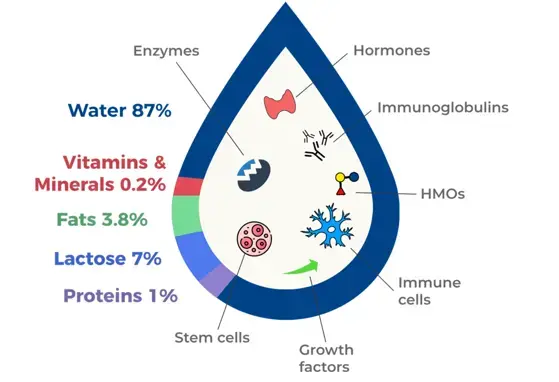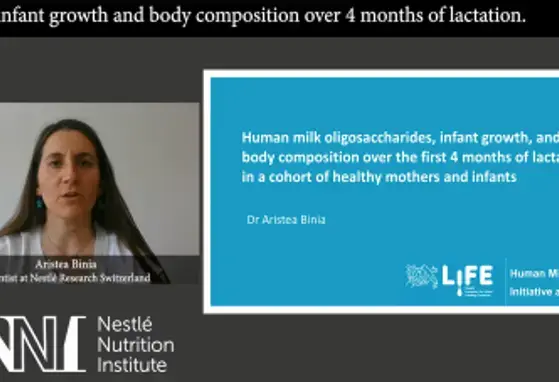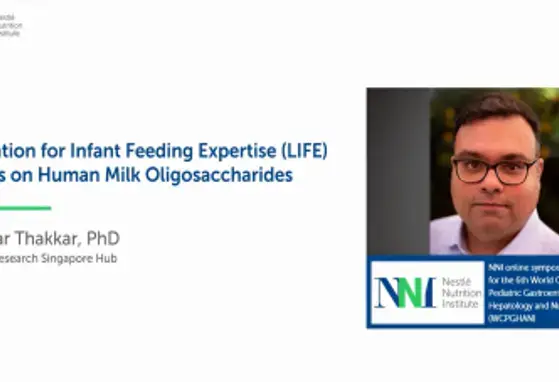
Human Milk Academy
The nutritional aspects of human milk for babies are a crucial topic for professionals in the field of nutrition. Breastmilk is widely recognized as the ideal source of nutrition for infants, providing essential nutrients for healthy growth and development.
It plays a key role in building a strong immune system, protecting against infections, and reducing the likelihood of obesity later in life.
We fully recognize our responsibility to protect, promote and support breastfeeding in line with WHO/UNICEF recommendations.
Alongside this, Nestlé Research is spearheading scientific research into understanding human milk composition through their groundbreaking LIFE (Lactation for Infant Feeding Expertise) program – with the clear and defined aim of significantly improving the quality of life for mothers and their babies. It's the largest undertaking of its kind in the industry.

Articles

From Lactation to Health: The Benefits of Human Milk Bioactives

A new method for determination of human milk oligosaccharides (HMO)

A new method for determination of gangliosides in human milk and their concentration across lactation

Fatty acids in preterm milk may differ from term milk
Infographics

Navigating the Digital Landscape: Social Media, Medical Doctors and Ethics
Videos

The Importance of Milk Composition in Early Life to Meet Infants Changing Needs


HMO levels in breast milk do not correlate or predict infant growth and body composition during the first 4 months of life – A cohort study

Video Teaser: Lactation for infant feeding expertise (LIFE) focus on HMO's
